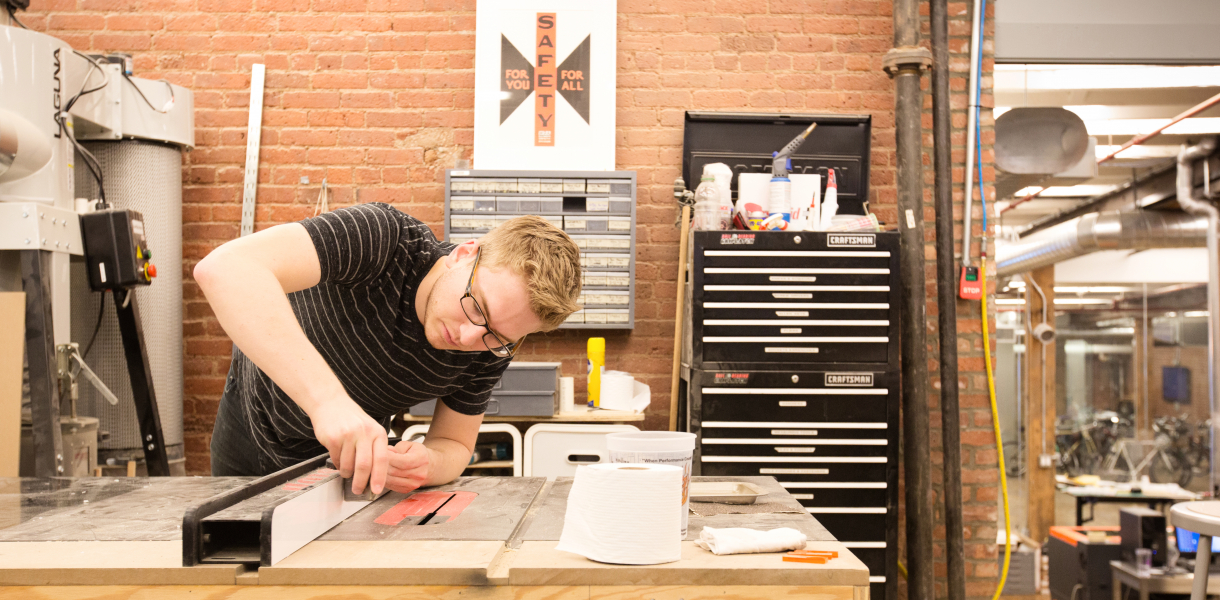We drink. We doze. We text. In the US, 30,000 people die from automobile accidents every year, and car crashes are the primary cause of death worldwide for people aged 15-24. We’re flawed organisms, driving around at high speeds in vessels covered in glass, metal, distraction and death. This is one of Google’s "moonshots" – to remove human error from a job that for the past hundred years has been entirely human.
Aside from safety reasons, the Google Self-Driving Car has the capacity to restore driving autonomy to the disabled and elderly - not to mention how it could transform our daily schedules, especially those with long or frequent commutes.
The heart of Google’s self-driving car is the rotating rooftop camera, Lidar, which is a laser range finder. With its array of 64 laser beams, this camera creates 3D images of objects helping the car to see hazards on the way. This device calculates how far an object is from the moving car and works up to 200 meters away. The car has radars and sensors to determine the precise position of the car and it uses GPS satellites to get around safely to any destination.
The software in the Google Self-Driving Car has been programmed to interpret common road behaviour and road signs. This includes cyclist gestures, the speed of different objects and motorist manoeuvres. Expecting to be available within the next five years, the car makes intelligent decisions and will be designed to be safer than a conventional vehicle.
Designed by
Google - USA




